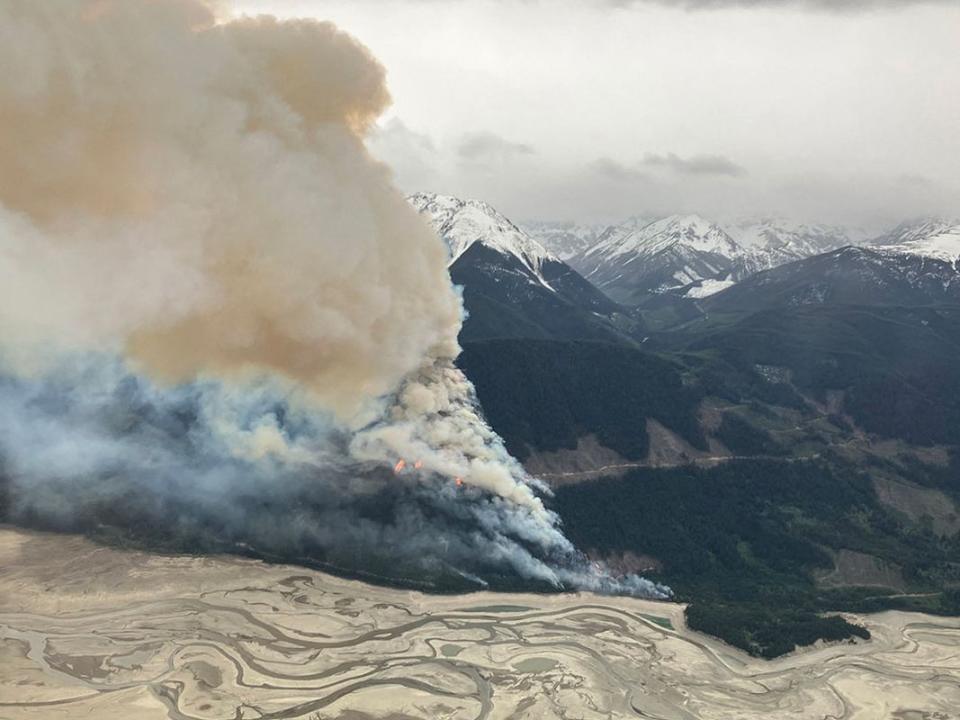Wildfires in Alberta could put large swath of oilsands at risk if situation worsens, says Rystad

The ongoing wildfires in Alberta may impact a significant portion of Canada’s oilsands production if conditions worsen, a research group said on Thursday, but others in the sector don’t expect the impact to be as bad.
Oilsands producers have yet to indicate that the fires have impacted their operations, but Norway-based Rystad Energy AS said the wildfires in northeastern Alberta — home to Canada’s oilsands industry — could put more than 2.1 million barrels per day of marketable oilsands output at risk. That’s equivalent to about 2.6 per cent of the world’s total crude oil and lease condensate supply.
“This is not a forecast, but the absolute ceiling of the affected volumes should conditions worsen,” Thomas Liles, vice-president of upstream research at Rystad Energy, said. “This is just to say that this can be a very dynamic situation. If we do see a wildfire materialize that affected all operations in that area, this would be the worst case.”
Alberta issued an evacuation order for several communities on Tuesday due to an out-of-control wildfire southwest of Fort McMurray, which prompted nearly 7,000 residents to flee their homes. The fire is located on the south side of the Athabasca River. The closest areas of extraction include Suncor Energy Inc.’s base operations, Syncrude Canada Ltd.‘s Mildred Lake facility and the Long Lake thermal in-situ project.
In 2016, a large wildfire in the region shut off nearly a million barrels per day and forced about 90,000 people to evacuate.
But there are several differences between 2016 and the current fire, according to Rystad. The fire in 2016 had more coniferous forest crowns, which led to a faster and more unpredictable spread, it said. The current fire is spreading at a slower pace.
Tristan Goodman, chief executive of the Explorers and Producers Association of Canada (EPAC), said he expects the impact to be less than a half-million barrels per day.
“I am looking at this over a five-month period,” he said. “I actually will be surprised if we have over 200,000 barrels impacted per day.”
He said Alberta has a “much more rapid” reaction to wildfires today thanks to lessons learned in the past, and there is much better coordination between the government and the various industries.
Canada home to 5 of the world’s most attractive mining jurisdictions
Trans Mountain seen boosting Canadian oil prices ‘for years’
Eric Nuttall, a senior portfolio manager at Ninepoint Partners LP, said it was “far too early” to speculate about any losses in oil production.
“It’s kind of a story to watch as opposed to something that is impacting oil production,” he said.
• Email: nkarim@postmedia.com
Bookmark our website and support our journalism: Don’t miss the business news you need to know — add financialpost.com to your bookmarks and sign up for our newsletters here.

 Yahoo Finance
Yahoo Finance 